
:has selectorThe CSS :has() selector allows us to style an element based on its descendants or any succeeding elements.
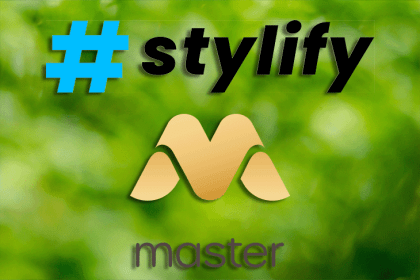
In this article, we will compare two utility-first CSS libraries — Stylify and Mater Styles; with which you can build unique and responsive UI, while writing less code.
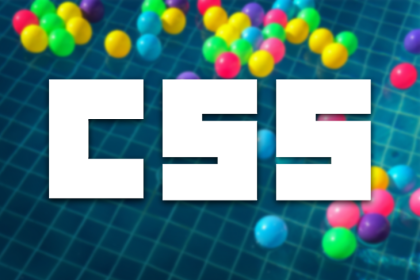
Learn how to use CSS to implement claymorphism, a new UI style that gives webpages and apps fun and friendly vibes.

This step-by-step process demonstrates how to build a full-stack DApp that could be an NFT marketplace or exchange platform for trading Ethereum.
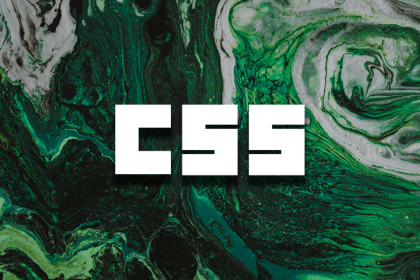
Following a CSS methodology guarantees that everyone involved in the development process speaks the same language. BEM and SMACSS differ but have various unique advantages.
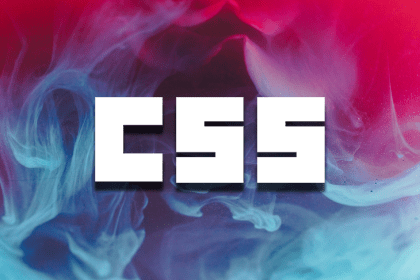
The animation property allows you to change the properties of an element over a specific duration, while transition defines how an element changes over the duration.

CUBE CSS is a CSS methodology that helps your CSS remain maintainable and scalable. Learn how it works (and how it compares to BEM) here.

Learn how to implement slick glassmorphic effects with just CSS, Tailwind CSS, and Figma in this in-depth tutorial.
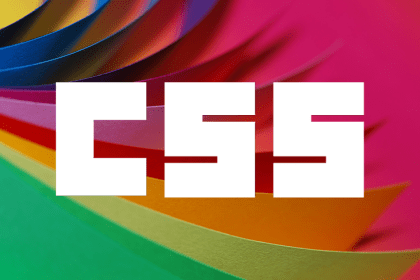
Here’s an easy reference guide for the new color specification methods available with CSS Color Module Level 5.
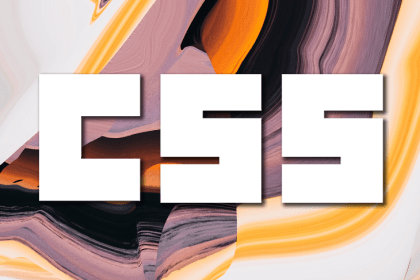
!important declarationThe !important notation in CSS can be applied to override other conflicting rules for the matching selector.
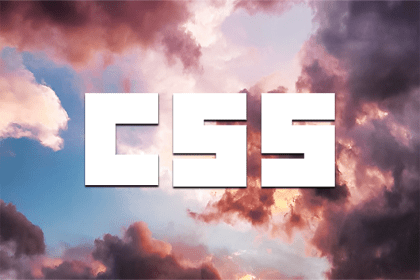
subgrid, and container queries: What’s new in CSSLet’s take a cursory look at CSS’s newest features being shipped in the near future: cascade layers, subgrids, and container queries.

Tailwind CSS has done wonders for development, and it’s made applying dynamic colors to your designs easier than ever.